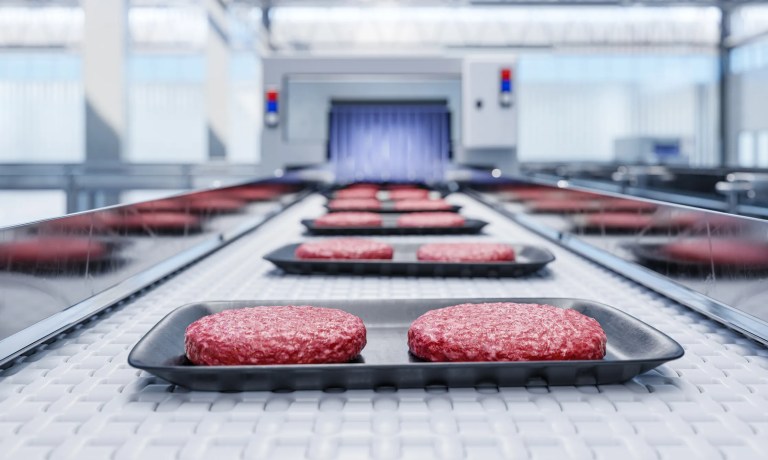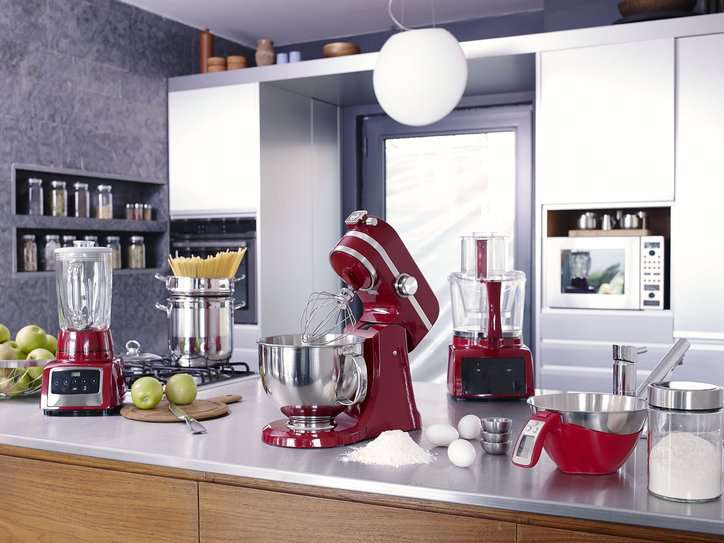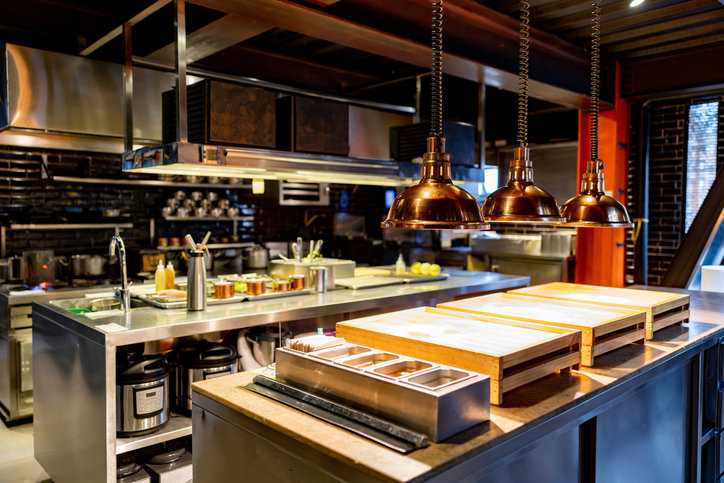NSF/ANSI 6-2023: Dispensing Freezers
In the times before fridges and freezers, ancient civilizations utilized nature to preserve food. They insulated pits with saw and sand (in order to keep…

In the times before fridges and freezers, ancient civilizations utilized nature to preserve food. They insulated pits with saw and sand (in order to keep…

They say that after handling raw meat, you should wash your hands. In fact, the U.S. Department of Health & Human Services advises anyone preparing…

Refrigeration is a cornerstone of the restaurant industry. It keeps food safe, maintains high-quality products and ultimately helps operations run smoothly. Of course, following strict…

Potato peelers are wobbly, swiveling back and forth, so that you can glide this sharp prepping tool both up and down the potato without having…

In ancient Greece, it was custom for a dinner host to take the first sip of wine to assure that the wine served to guests…

Ice-cream is perishable and requires careful treatment. Exposing ice-cream to temperatures that are too high will negatively affect its body, texture, and flavor characteristics. ISO…

An American National Standard, NSF/ANSI 2-2022: Food Equipment, covers food protection and sanitation requirements for a variety of food handling and processing equipment. A chef…

The refrigerators of the 1920s were deadly because their motorized compressors easily malfunctioned, allowing the refrigerants (i.e., toxic gases) to escape and sicken or kill…

An American National Standard, NSF/ANSI 51-2023, doesn’t deal with what’s in your food—it focuses on what’s in the equipment used to make your food. Demand…